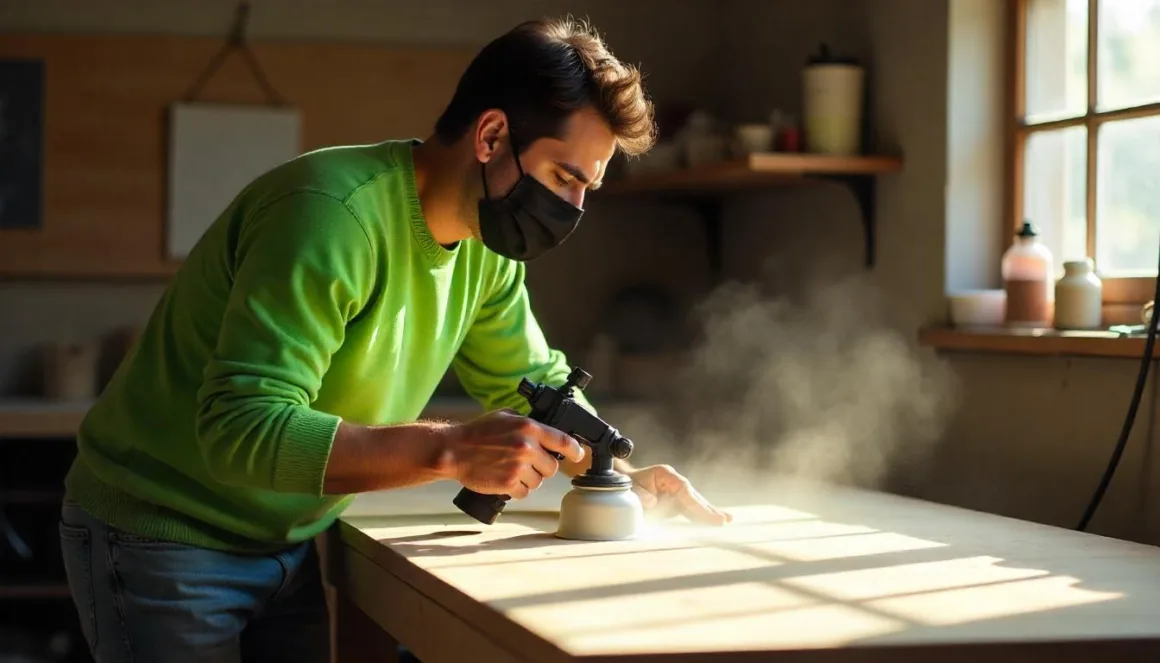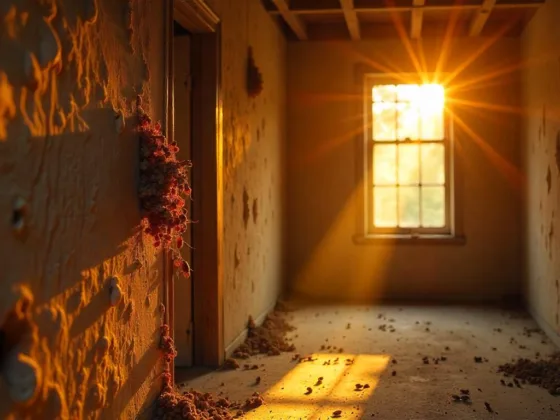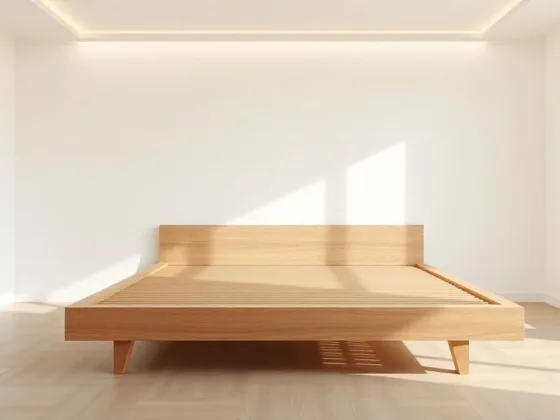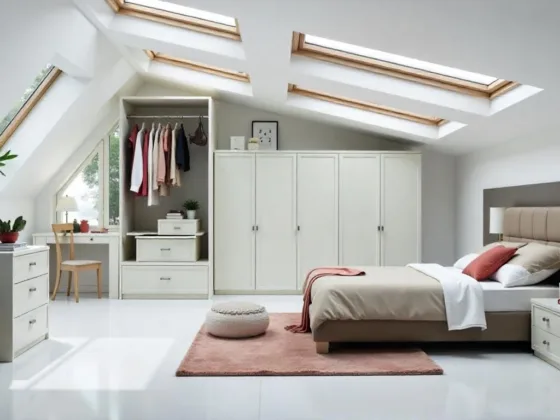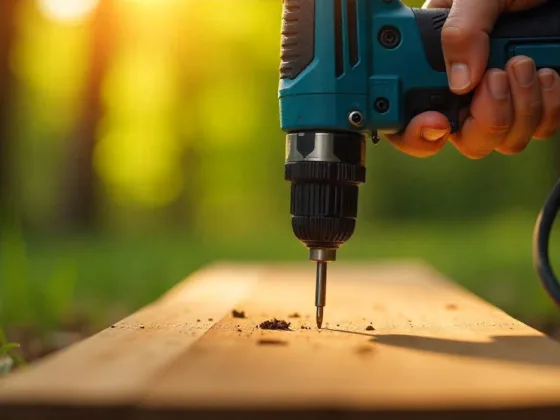When you’re painting furniture and don’t want to see brush strokes or any other uneven paint lines, I recommend using a spray gun to paint your furniture.
I know using these paint sprayers can be intimidating, but with a little practice, you can become a pro.
If you’re a fan of quick and easy painting without leaving smudges on your furniture, spray paint is the way to go.
Choosing the best paint sprayer for furniture to improve your home decorations, such as renovating old furniture, is not easy.
But first, you need to learn how to paint furniture with a spray gun. Spray painting has quite a few advantages compared to its brush-applied counterparts.
- There’s typically little prep or sanding needed
- It boasts super-fast dry times
- You don’t have to worry about messy brush strokes showing up on your work
However, first-time users may find it quite difficult to get used to using this paint. This article will show you how to restore old furniture using a paint sprayer.
Steps to Spray Painting Wood Furniture
1. Prep Your Furniture
No matter how you’re applying paint to furniture, I always recommend that you prep your furniture for proper painting.
Beginning furniture painters will paint a piece of furniture and find the paint peeling and flaking super fast. This is likely because they did not prepare the furniture.
Clean the Furniture
First, clean your wooden furniture with a soft sponge and mild soapy water to remove any dirt or grime.
Fill Cracks
Next, fill the cracks with wood putty. Once the wood filler dries completely, continue to the next step.
Smooth Excess Padding
Smooth out any excess padding. You can use sandpaper with a sanding block or an electric sander at your disposal. Lightly sand along the grain of the wood.
2. Preparing Your Paint Sprayer
Once your furniture is ready for painting, the next step is to prep your spray gun. While preparing your spray gun may seem challenging initially, with regular use, it will become a familiar process.
- Check Your Spray Gun Manual: Each spray gun model may have specific requirements. Refer to the manual for detailed instructions on the setup.
- Select the Right Parts: Ensure you use the recommended parts for furniture spraying to guarantee optimal performance.
- Prepare the Paint: When preparing your paint sprayer, it’s crucial to also prepare your paint before adding it to the container.
- Dilute Water-Based Paints: If you’re using water-based paints, dilute them with approximately 10% water. Follow the instructions on the paint can if you encounter difficulties. Properly thinning the paint is essential for smooth spraying.
If the paint is too thick, it can lead to issues such as the spray gun struggling and a rough texture on the painted surface upon drying. Make sure to avoid this by adequately thinning your paint for flawless results.
Related reading: How to Use A HVLP Spray Gun
3. Spray Your Furniture
First Coat: Thin Layers
- Spray the first coat of paint in thin layers.
- Let it dry completely for as long as the paint container recommends:
- about 1 hour for water-based paints
- up to 4 hours for oil-based paints
Second Coat: Thick Application
- Spray a thick coat of paint on the second coat for a long-lasting, flawless finish.
- Let dry and sand before applying the third coat if you consider it necessary.
Technique for Spraying
- Keep the same distance from your furniture for a consistent professional finish.
- Once you pull the trigger on the gun, keep your arms moving at a steady pace from one end of the cabinet to the other.
- If you pause or slow down on the spot, you’ll end up spraying too much paint and causing it to run.
Cleaning the Nozzle
- Occasionally, use a damp cloth to clean clogged paint from the tip of the nozzle.
4. Finish Your Project
The most common way to finish your furniture is by applying polyurethane or a clear coat of wax.
Applying Polyurethane
You can spray water-based polyurethane, such as polyacrylic, on your furniture by following the spraying procedure above.
Applying Wax
If you choose to apply wax, use a lint-free cloth to spread it evenly over the painted surface, especially if you choose to chalk paint for your furniture.
5. Apply for Protection
When you’re finished spraying paint on your furniture, it’s important to protect it. The most common methods for protecting furniture are using wax or applying a clear coat product like polyurethane.
I’ll give you a brief overview of the process here, but for a complete guide, check out this article.
Dilution and Stirring
When I add Polycrylic to my spray gun container, I always dilute it with 10% water and no more.
- Adding too much water will only cause problems.
- Be sure to stir the water in the poly for at least a minute, otherwise, you’re defeating the purpose of thinning because the water will just sit on top.
Testing and Spraying
After thinning, test sprays again to ensure proper consistency and efficient spraying.
The most important tip is to make sure you spray super light coats because Polycrylic and other finishes drip and smear very easily.
Conclusion
I hope this guide has helped you understand how to paint furniture with a spray gun, so you can give it a try.
I want this guide to be simple and include products you can buy to start spraying furniture yourself.
Prepare your furniture, paint and spray gun, spray, and then apply a protective sealant; that’s all there is to upcycling old or fresh wood furniture.
Using a spray gun to paint furniture is easier than it sounds. Try it on some free or cheap old flippers to get the hang of it. Good luck spraying your furniture!
FAQ #1
A: It’s recommended to use acrylic or latex paint designed for furniture. Look for products with good adhesion and durability that are compatible with your sprayer. Always follow the manufacturer’s recommendations for optimal results.
A: Start by thoroughly cleaning the surface to remove dust or grease. Lightly sand the furniture for a smooth surface and better paint adhesion. For glossy finishes, consider using a primer to ensure proper paint adhesion.
A: Work in a well-ventilated area to avoid inhaling fumes. Wear a mask, safety goggles, and gloves to protect against paint particles. Use drop cloths to shield surrounding areas from overspray.
A: Maintain an even finish by holding the sprayer 6-12 inches away from the surface, moving at a consistent speed. Overlap strokes slightly and apply multiple thin coats for a smoother, more professional appearance.
A: Yes, you can use a paint sprayer for outdoor furniture. Ensure you choose outdoor-rated paint that can withstand different weather conditions. Properly prepare the surface and consider applying a clear sealer post-painting for added protection against the elements.
